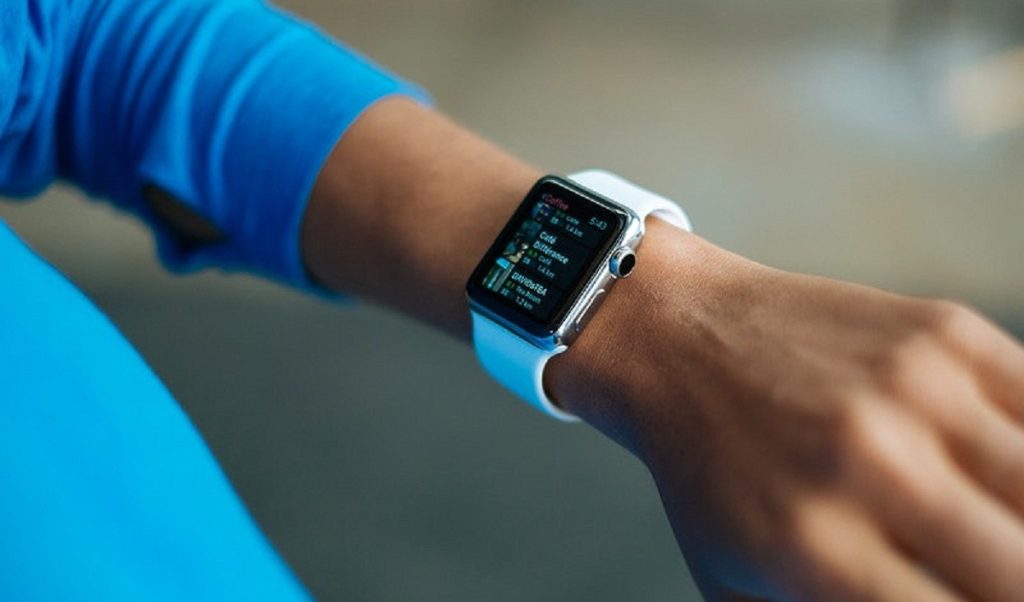As we approach 2025, the landscape of work continues to be shaped by the remote and hybrid models that gained prominence in the early 2020s. This shift has had a profound impact on screen time management, blurring the lines between professional and personal digital engagement and necessitating new strategies for maintaining a healthy balance.
One of the most significant challenges of remote work is the increased reliance on screens for almost all aspects of professional life. From video conferences to collaborative digital workspaces, employees find themselves tethered to their devices for extended periods. This has led to a phenomenon often referred to as “Zoom fatigue” or more broadly, “screen fatigue,” which is expected to remain a concern through 2025.
In response to these challenges, we’re seeing the emergence of more sophisticated tools for managing work-related screen time. By 2025, we can expect to see widespread adoption of AI-driven scheduling assistants that optimize work patterns to reduce screen fatigue. These tools might suggest breaks based on individual productivity rhythms, or automatically block out “screen-free” times for deep work or personal activities.
The concept of “digital ergonomics” is gaining traction, focusing not just on physical posture but also on the cognitive and emotional impacts of prolonged screen use. Companies are investing in training programs to help employees develop healthier digital work habits, including techniques for reducing eye strain, managing digital distractions, and effectively transitioning between online and offline tasks.
Another trend we’re observing is the rise of asynchronous communication tools. These platforms allow team members to collaborate without the need for real-time video calls, potentially reducing overall screen time while maintaining productivity. By 2025, we might see more workplaces adopting a mix of synchronous and asynchronous communication methods to provide employees with more flexibility in managing their screen time.
The physical setup of home offices is also evolving to address screen time concerns. We’re seeing innovations in hardware that aim to reduce the negative impacts of prolonged screen use. This includes advanced blue light filtering technologies, screens that mimic natural paper, and even holographic displays that reduce eye strain. By 2025, these technologies are likely to become more accessible and widely adopted among remote workers.
Interestingly, the remote work trend is also driving a counter-movement towards periodic “digital sabbaticals.” Some companies are experimenting with policies that allow employees to take short breaks from all work-related digital communications. These sabbaticals are seen as a way to combat burnout and promote creativity, potentially leading to more productive and satisfying work experiences overall.
The integration of virtual and augmented reality in remote work settings is another factor influencing screen time management. While these technologies might increase overall digital engagement, they also offer more immersive and potentially less fatiguing alternatives to traditional screen-based interactions. By 2025, we might see more companies utilizing VR for virtual meetings or collaborative projects, changing the nature of work-related screen time.
However, the shift to remote work has also highlighted the importance of setting boundaries between work and personal life. As the physical separation between work and home disappears, maintaining a healthy balance becomes more challenging. By 2025, we can expect to see more emphasis on “digital boundaries” – strategies and tools to help individuals clearly delineate their work and personal digital spaces and times.
As we move towards 2025, it’s clear that the influence of remote work on screen time management will continue to be significant. The key to navigating this new landscape will be developing strategies that allow for productive digital engagement while also prioritizing overall well-being. This might involve a combination of technological solutions, organizational policies, and individual practices, all aimed at creating a sustainable and healthy approach to screen time in the era of remote work.











